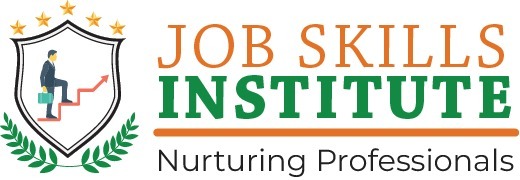MBAI-106 IT Applications
The learning units for this course are listed below:
| Unit | Objectives |
| 1 | Introduction to Computer: understand evolution of computers, classify computers, describe the various components, understand the advantages & disadvantages, differentiate computers from smartphone. [Link] |
| 2 | Application of Computers: highlight the role of computers for the organization and society; the significance of computers in online business, trade & commerce; importance of computer networks. [Link] |
| 3 | Web Applications: understand Web Based Application; understand Web Browser and its types; understand How to use Google drive & highlight the functions of Cloud Based System and its usability. [Link] |
| 4 | Basics of Computer Software: understand Software and their types; understand the use of Windows Operating System; understand the use of Android Operating System; understand the application of Free and Open Software; and highlight the use of Google Play Store for Application Based Software. [Link] |
| 5 | Basics of Word Processing: start the MS-Word; understand the various components of MS Word screen; outline the advantages and features of MS Word; and understand the basics of MS-Word as a word processing software. [Link] |
| 6 | Working with Word Processing: understand how to create a new file or open an existing file in MS-Word; understand how to edit the documents in MS-Word; understand working with MS doc; and understand the compatibility of MS-Word and Google docs. [Link] |
| 7 | Spreadsheets Concepts: understand basic features of Excel; know how to create worksheet and compute data; understand the screen display of Excel; describe the different icons available in Excel menu. [Link] |
| 8 | Formulas and Functions: understand the basic features of Excel such as creation of worksheets and computation of data; understand how to construct and insert formulas; and learn about various kinds of functions available in MS-Excel and their uses. [Link] |
| 9 | Working with PowerPoint: insert a new slide in your presentation; explain different slide views; insert graphs and diagrams in slides; insert pictures in slides; insert sound and video in slides, and copy presentation in Pen Drive/Compact Disc (CD). [Link] |
| 10 | Memory System: differentiate between types of memory and needs of the memory system; differentiate between various types of memories such as semiconductor, magnetic and Optical memory; describe the various secondary storage devices such as Hard-disk, floppy disk, CD-ROM, DVD-ROM etc; and describe the importance of the memory hierarchy. [Link] |
| 11 | Network Classifications and Topologies: Define and classify network; distinguish between different types of networks, differentiate between different network (LAN and WAN) topologies and understand LAN and WAN access methods. [Link] |
| 12 | Internet Services: identify various usages and advantages of Internet; explain how Internet functions; describe different types of Internet services; and describe the significance of domain names and URLs. [Link] |
| 13 | IT Security Measures: understand the meaning and importance of Cyber Security; understand the difference between Identification, Authentication and Authorization; understand what is Digital Signature and Digitization; and understand what is CAPTCHA Code and OTP. [Link] |
